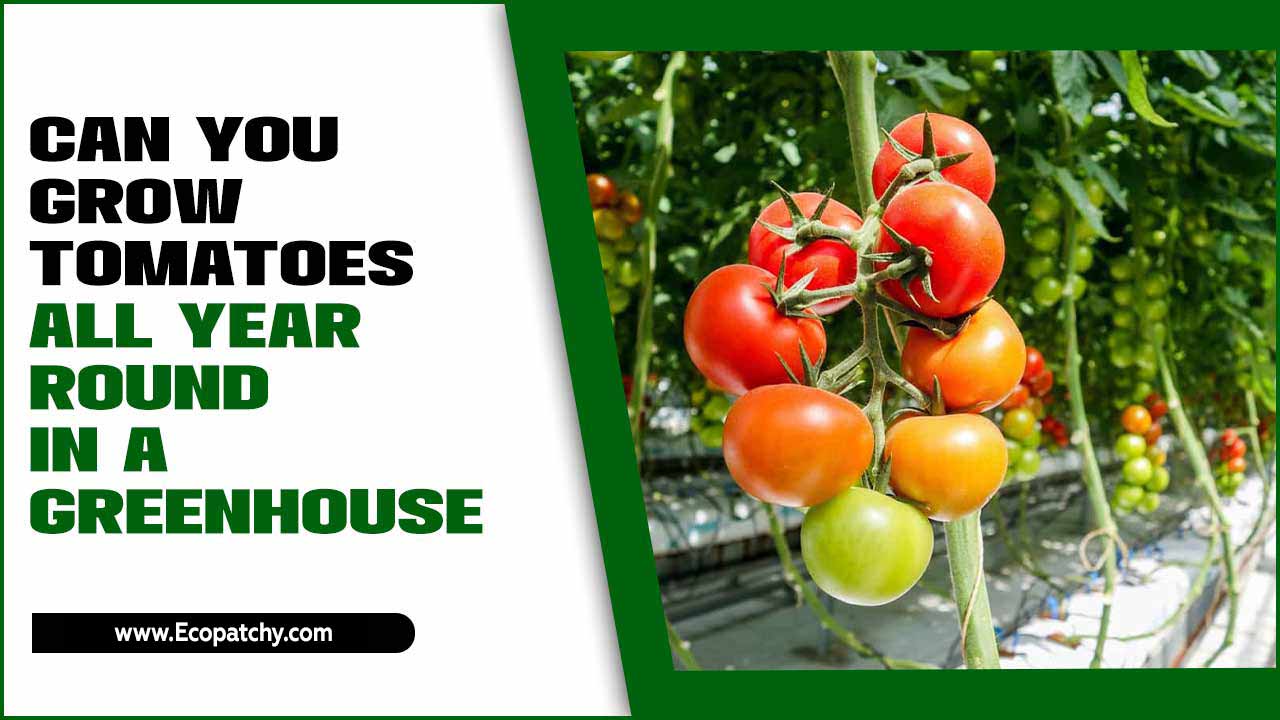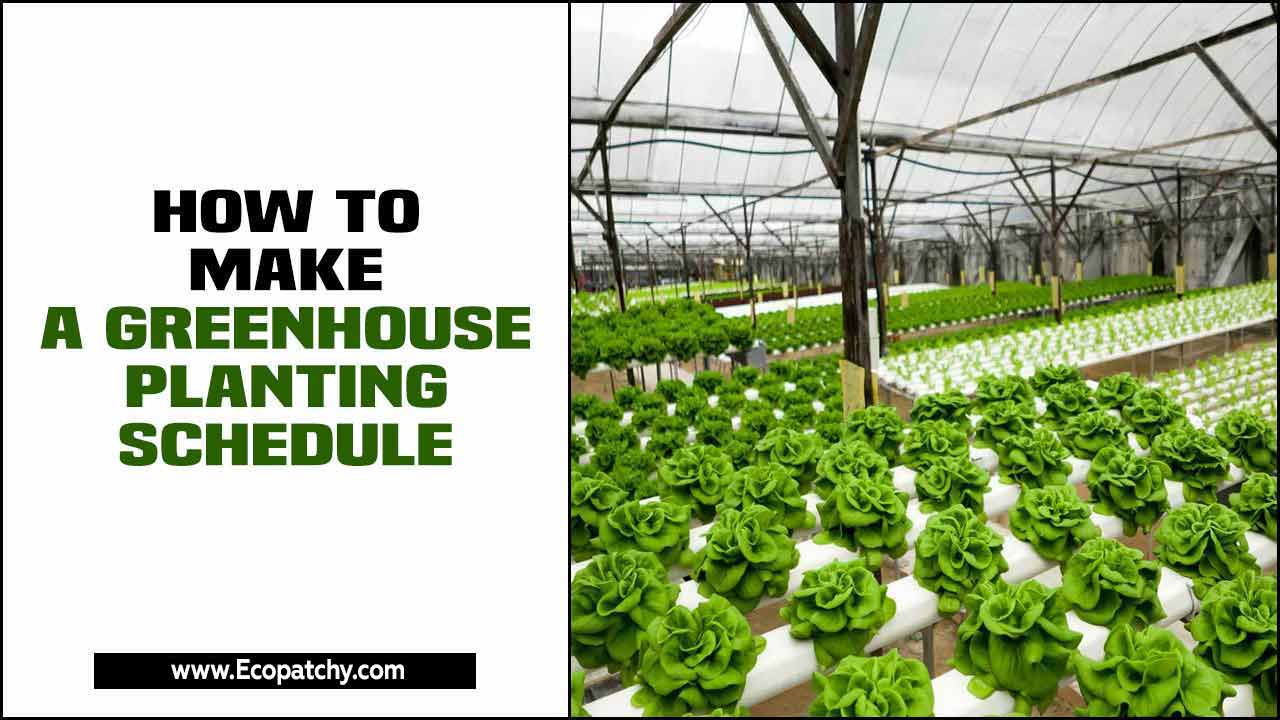A greenhouse is a controlled environment designed to grow plants optimally and efficiently. Its structure is made of transparent materials, such as glass or plastic, that allow sunlight to enter and trap heat, creating a warm and humid atmosphere.
Greenhouses have been used for centuries and have proven to be a valuable tool for plant growers, both for commercial and home gardening purposes. In recent years, with the growing concern for sustainable and environmentally-friendly practices, the use of greenhouses has gained even more popularity.
This is due to the numerous benefits that they offer, not only to the plants but also to the environment and the growers themselves. We will explore the benefits of a greenhouse, specifically regarding maximizing plant growth. From providing a stable and ideal growing environment to extending the growing season, greenhouses are an invaluable resource for any plant enthusiast.
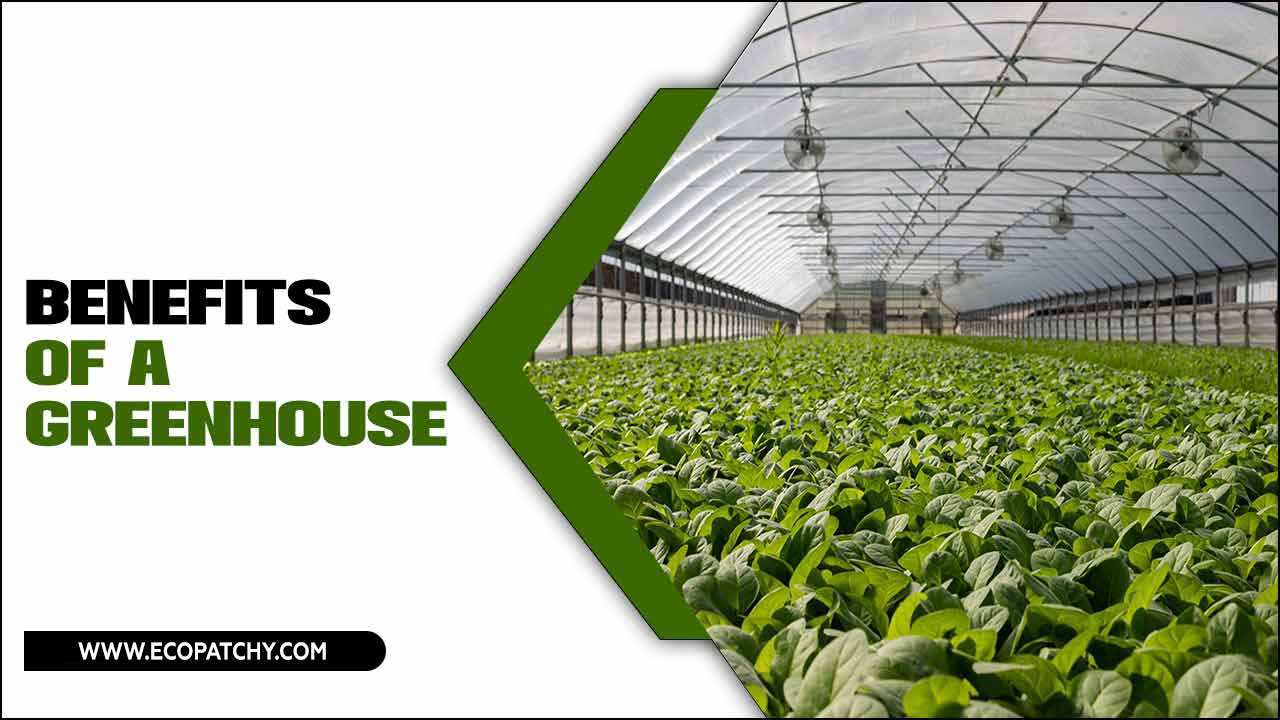
Importance And Popularity Of Greenhouses
Greenhouses have gained significant importance and popularity in recent years due to their myriad benefits and contributions to sustainable agriculture and horticulture practices. These enclosed structures provide an ideal environment for plants to thrive, allowing for extended growing seasons and protection from adverse weather conditions.
The importance of greenhouses lies in their ability to create a controlled microclimate that optimizes plant growth and enhances productivity. One of the key reasons for the popularity of greenhouses is their ability to address the challenges posed by unpredictable weather patterns and climate change.
With the increasing frequency of extreme weather events such as droughts, floods, and heat waves, traditional farming methods are becoming increasingly unreliable. Greenhouses offer a viable solution by providing a stable and consistent environment for plants, ensuring a continuous supply of fresh produce regardless of external conditions.
Types Of Greenhouses
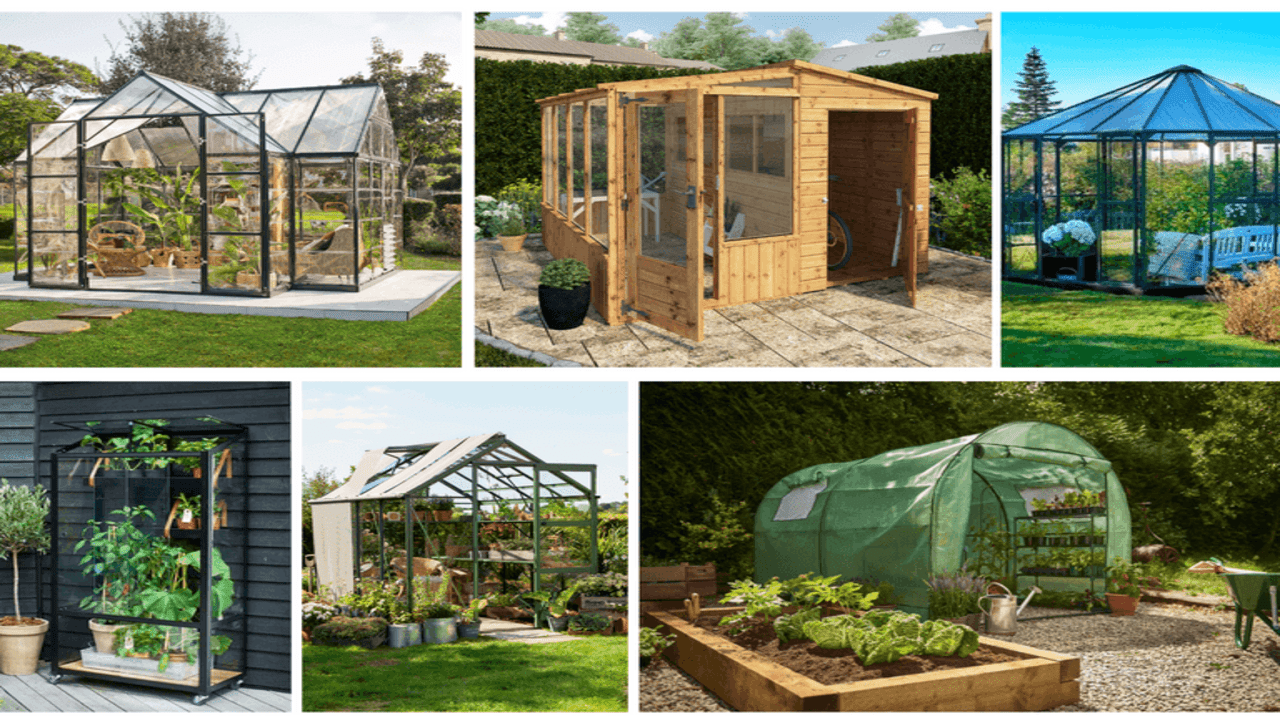
Understanding the different types of greenhouses is of utmost importance for anyone interested in pursuing successful greenhouse gardening. Greenhouses provide controlled environments for plants, allowing them to thrive in conditions that are otherwise unfavourable. With the increasing popularity of greenhouse gardening, knowing the various types ensures that you select the one that best suits your needs and maximizes your chances of achieving the desired results.
- Traditional Greenhouse: A structure made of glass or transparent plastic panels, typically with a gabled roof, designed to provide a controlled environment for plants.
- Leanto Greenhouse: A greenhouse attached to an existing building, using one wall as support. This type of greenhouse is space-efficient and can be easily accessed from the main structure.
- Dome Greenhouse: A greenhouse with a rounded or geodesic dome-shaped structure. This design allows for maximum sunlight exposure and efficient air circulation.
- Hoop Greenhouse: A greenhouse made of a series of arched hoops covered with plastic or polyethene film. This type of greenhouse is costeffective and easy to assemble.
- Cold Frame Greenhouse: A simple and small greenhouse usually made of wood or metal frames with a transparent cover, used to protect plants from extreme weather conditions.
- High Tunnel Greenhouse: A large, tunnel-shaped greenhouse made of metal hoops covered with greenhouse-grade plastic. These greenhouses are often used for commercial agricultural production.
8 Benefits Of A Greenhouse

In today’s world, where environmental issues are becoming increasingly urgent, the importance of greenhouses cannot be overstated. Greenhouses offer a myriad of benefits, both for individuals and for the planet as a whole. One of the main reasons why greenhouses are so important is their ability to provide a controlled environment for growing plants.
By controlling factors such as temperature, humidity, and lighting, greenhouses create optimal conditions for plant growth and ensure higher crop yields. This is especially crucial in regions with harsh climates or limited arable land, where traditional farming methods may be challenging. Below, we provide more details on benefits of a greenhouse.
1.Controlled Environment
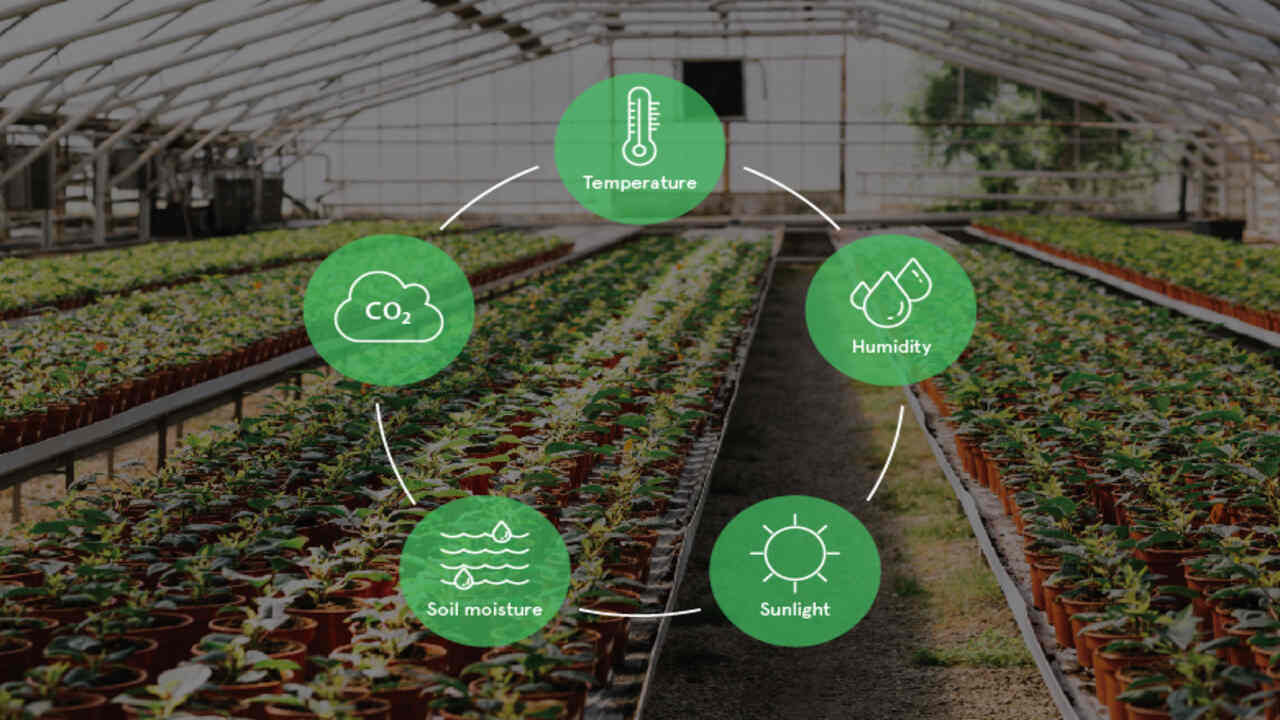
A controlled environment is one of the key benefits of having a greenhouse. With a greenhouse, you can create and maintain the ideal growing conditions for your plants, regardless of the season or climate outside. This controlled environment allows you to extend the growing season, protecting your plants from harsh weather conditions such as frost or excessive heat.
It also protects against pests and diseases, minimizing the need for harmful pesticides or chemicals. One of the main advantages of a controlled environment in a greenhouse is the ability to regulate temperature and humidity levels. By using heating and cooling systems, you can ensure that your plants receive the optimal temperature for growth. This is especially crucial during colder months when outdoor temperatures may be too low for certain plants to survive.
2.Protected Environment

A protected environment, such as a greenhouse, offers numerous benefits for plant growth and cultivation. One of the key advantages is the ability to control the climate and provide optimal growing conditions for plants. In a greenhouse, temperature, humidity, and light levels can be adjusted to meet the specific needs of different plant species. This ensures that plants can thrive and reach their full potential, even in regions with harsh weather conditions or limited sunlight.
3.Healthier Plants
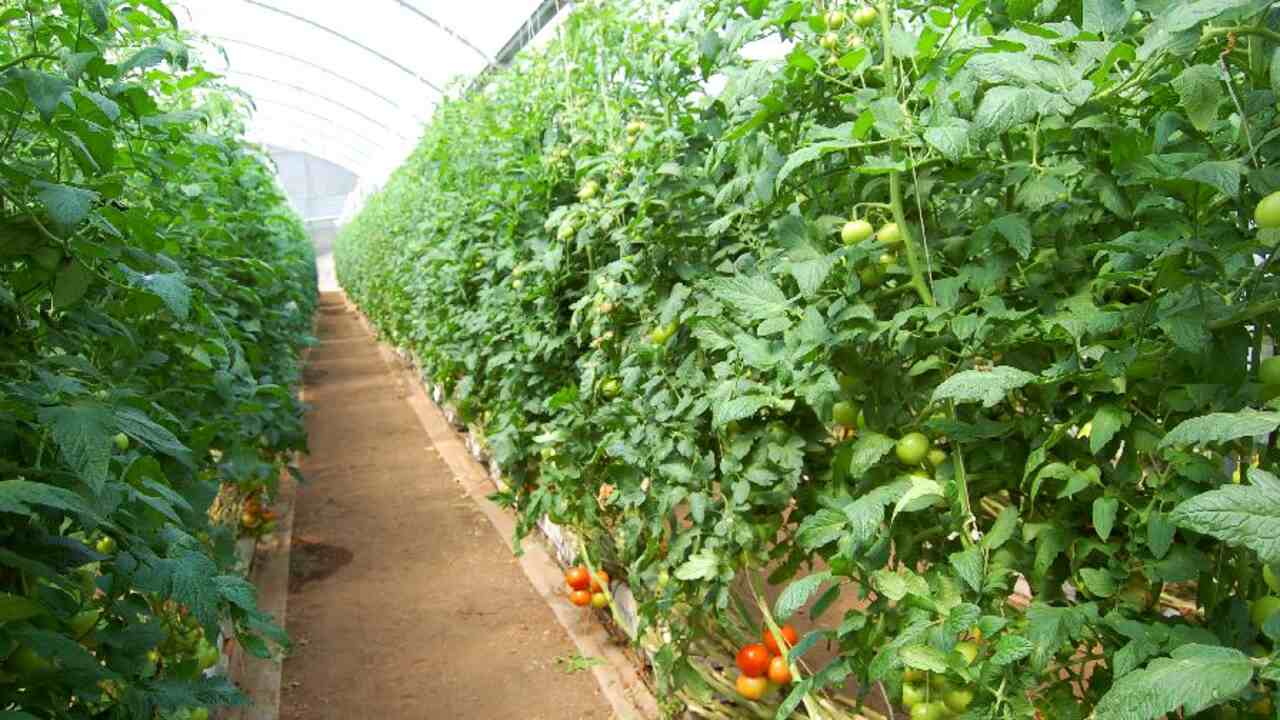
Greenhouses have become an increasingly popular solution for cultivating healthier plants in recent years. The benefits of using a greenhouse are numerous and extend beyond—protecting plants from harsh weather conditions. Firstly, greenhouses provide a controlled environment that allows for optimal growth and development of plants.
With the ability to regulate temperature, humidity, and lighting, greenhouse owners can create the ideal conditions for their plants to thrive. This controlled environment also reduces the risk of pests, diseases, and weeds infiltrating the plants and resulting in healthier and higher-quality produce.
Furthermore, greenhouses enable year-round cultivation, making it possible to grow plants during seasons when they would not typically thrive. This not only ensures a constant supply of fresh produce but also allows for the cultivation of exotic and rare plants that may not be native to the region.
4.Limitless Season Gardening

Greenhouse gardening offers limitless possibilities for plant enthusiasts, allowing them to extend the growing season and cultivate various plants regardless of the climatic conditions outside. The benefits of the realm of gardening are numerous and undeniable. A greenhouse provides a controlled environment for plants to thrive.
By creating a favourable microclimate, gardeners can ensure optimal conditions such as temperature. Humidity and light levels are crucial for plant growth. This allows cultivating delicate or temperature-sensitive plants that may not survive in fluctuating outdoor conditions. Additionally, a greenhouse protects against pests and diseases, reducing the need for harmful pesticides and allowing for organic gardening practices.
5.Multipurpose Environment
The implementation of a greenhouse in a multipurpose environment offers a multitude of benefits that contribute to a sustainable and efficient ecosystem. Firstly, a greenhouse provides an optimal environment for cultivating various plants, ensuring their growth and productivity.
The controlled temperature, humidity, and light conditions inside the greenhouse create an ideal setting for plants to thrive, resulting in higher yields and superior-quality crops. Furthermore, using a greenhouse reduces the dependence on traditional farming methods, such as excessive pesticide and herbicide use.
By creating a controlled environment, pests and weeds are minimized. They are allowing for a more organic and environmentally friendly approach to agriculture. This not only benefits the health of the plants but also safeguards the surrounding ecosystem from harmful chemicals.
6.Extend Growing Seasons With Greenhouse Plants
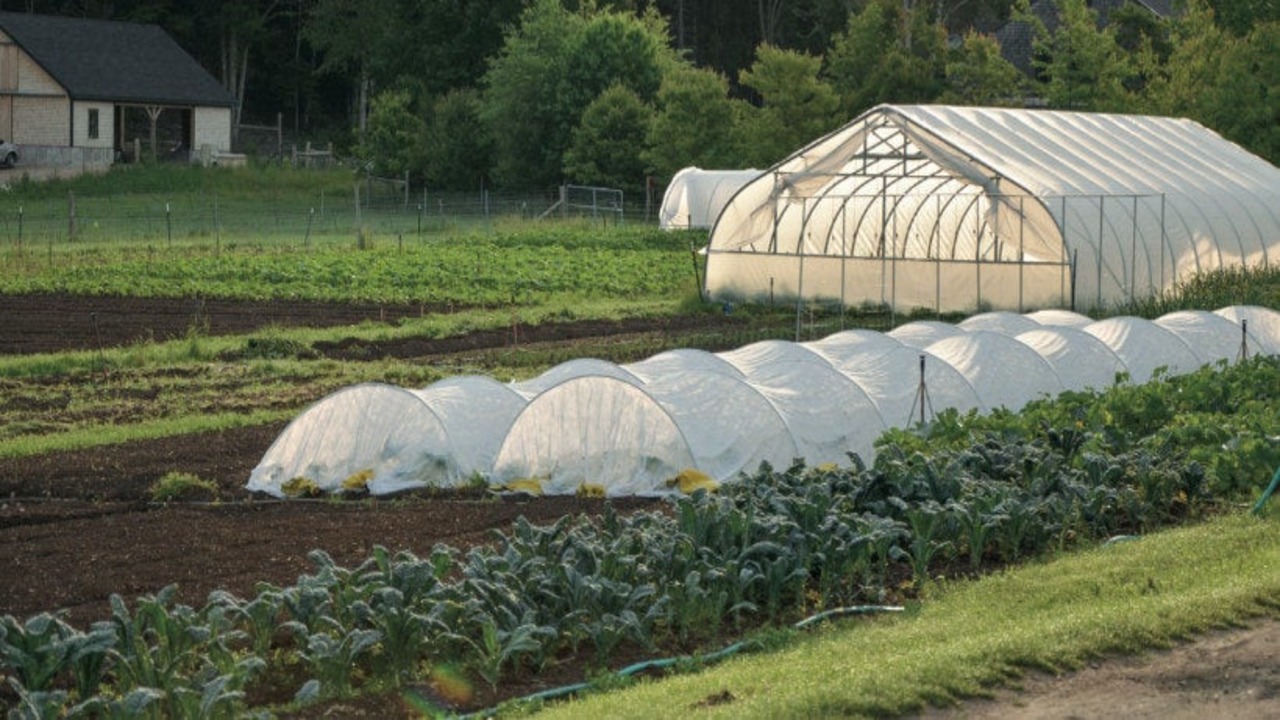
One of the key advantages of having a greenhouse is extending the growing seasons for plants. By creating a controlled environment, greenhouse owners can provide optimal conditions for plant growth throughout the year, regardless of the external climate.
This means plants can be cultivated even during the colder months, ensuring a continuous and consistent fresh produce supply. The controlled environment within a greenhouse offers multiple benefits for plants. Firstly, the temperature can be regulated to create an ideal growing environment.
This allows for the cultivation of heat-loving plants in cooler regions and the protection of delicate plants during frosty periods. Secondly, greenhouse owners control humidity levels, ensuring plants receive enough moisture to thrive. Additionally, the enclosed structure of a greenhouse protects against pests, diseases, and extreme weather events.
7.Pest And Disease Management
Greenhouses have long been recognized as a valuable tool in agriculture. One of the key advantages of using a greenhouse is its ability to enhance pest and disease management strategies. With the increasing challenges posed by pests and diseases in modern agriculture.
Finding effective methods to control and prevent infestations has become crucial. A greenhouse provides a controlled environment that can be manipulated to create unfavourable conditions for pests and diseases.
By regulating temperature, humidity, and ventilation, growers can create an inhospitable environment for pests. They are effectively reducing their population and minimizing the risk of infestation. Additionally, the physical barrier provided by the greenhouse structure acts as a deterrent, preventing pests from entering and attacking the crops.
8.Weather Protection For Greenhouse Plants

A greenhouse provides numerous benefits in terms of weather protection for greenhouse plants. The controlled environment that a greenhouse offers ensures optimal growing conditions regardless of external weather conditions. One of the key advantages is the protection it provides against extreme temperatures.
During hot summer, the greenhouse acts as a shield, preventing excessive heat from reaching the plants. Similarly, in colder seasons, it acts as an insulator, preserving warmth and shielding the plants from frost and freezing temperatures.
The Benefit Of Greenhouse Additional Growing Options
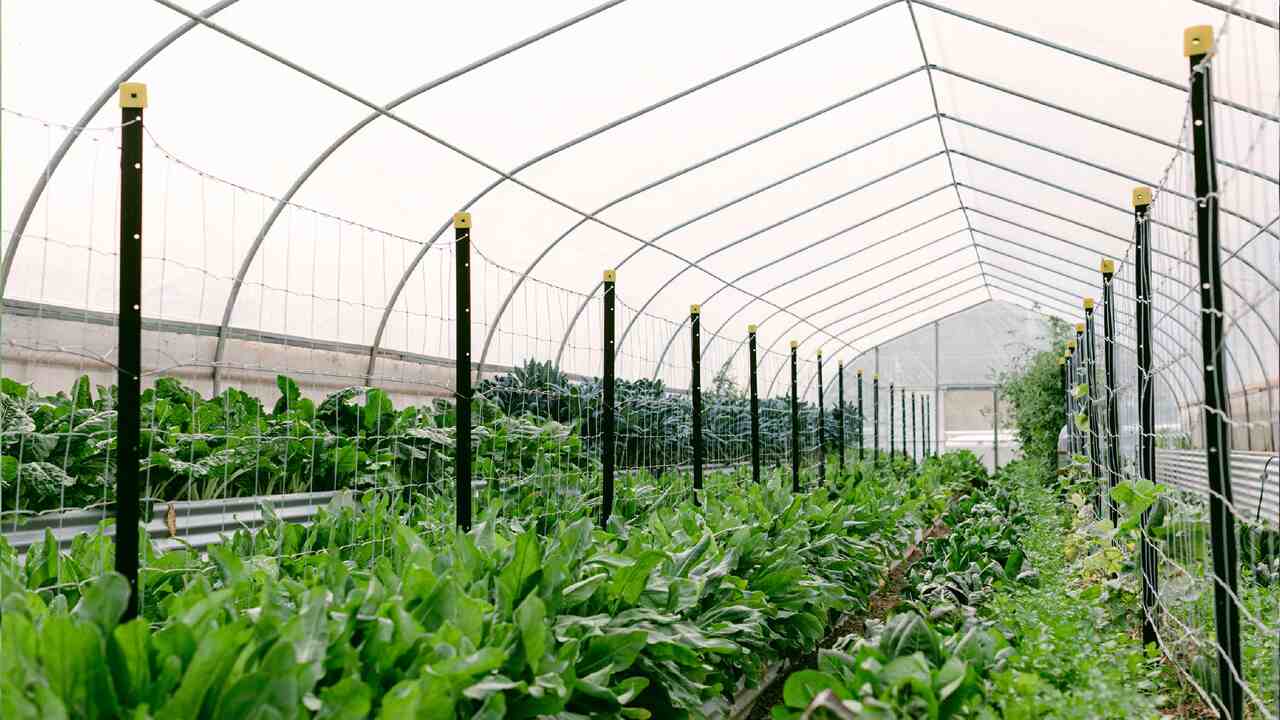
One of the key benefits of a is the ability to extend the growing season. By providing a sheltered and regulated space, greenhouses enable the cultivation of plants beyond their natural growing season. This opens up a world of possibilities for farmers and gardeners, allowing them to produce crops and flowers that may not be viable in their local climate otherwise.
This expanded growing season not only offers more options for the cultivation of a wider variety of plants but also allows for increased productivity and profitability. The benefits of greenhouses in providing additional growing options are undeniable. Whether it is the ability to extend the growing season or create optimal conditions, greenhouses offer a controlled environment that allows farmers and gardeners to expand their cultivation possibilities.
Benefits Of Gardening Using Outdoor Structures And Greenhouses
- Longer Growing Season
- Garden in Any Weather
- Grow a Wide Variety of Plants
- Protection from Pests and Predators
- Create the Optimum Growing Environment
- Protect Plants from Bad Weather
- Go Green with Your Greenhouse
- Grow Plants without Dangerous Pesticides
Conclusion
Many benefits of a greenhouse. Greenhouses offer a multitude of benefits for individuals and businesses alike. From extending growing seasons to providing a controlled environment for plants, greenhouses are a valuable tool for any gardener or farmer.
Furthermore, they can also have a positive impact on the environment by reducing the need for pesticides and conserving water. Ultimately, investing in a greenhouse can lead to increased productivity and a more sustainable approach to gardening and farming. Consider incorporating a greenhouse into your gardening or farming practices to reap these benefits and contribute to a greener future.
FAQs
1.What Are The Benefits Of Having A Greenhouse?
Ans: Greenhouses provide controlled environments for plants, allowing them to grow throughout the year and extend the growing season. By creating an optimal growing environment, greenhouses enable farmers and gardeners to cultivate various crops throughout the year, regardless of the external climate conditions.
2.What Are The Advantages Of Using A Greenhouse For Food Production?
Ans: Greenhouses extend the growing season, allowing for year-round cultivation of fresh produce. They also protect plants from pests, diseases, and extreme weather conditions, leading to higher crop yields and improved food quality.
3.What Economic Advantages Do Greenhouses Offer?
Ans: Greenhouses enable year-round production, providing a steady supply of fresh produce and creating employment opportunities in the agricultural sector. These controlled environments create the perfect conditions for plants to thrive, regardless of the season.
4.How Do Greenhouses Contribute To Food Security?
Ans: By protecting crops from extreme weather conditions and pests, greenhouses ensure a consistent food supply, reducing dependency on imported produce. This protection allows farmers to cultivate various crops regardless of the season, ensuring a consistent and reliable food supply for local communities.
5.How Does A Greenhouse Benefit The Environment?
Ans: Greenhouses help conserve water by reducing evaporation and minimizing wastage. They also promote sustainable farming practices by reducing the need for synthetic fertilizers and pesticides, resulting in less pollution and a healthier ecosystem.

